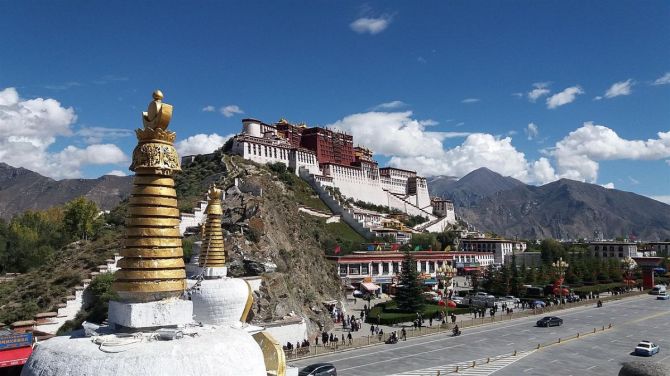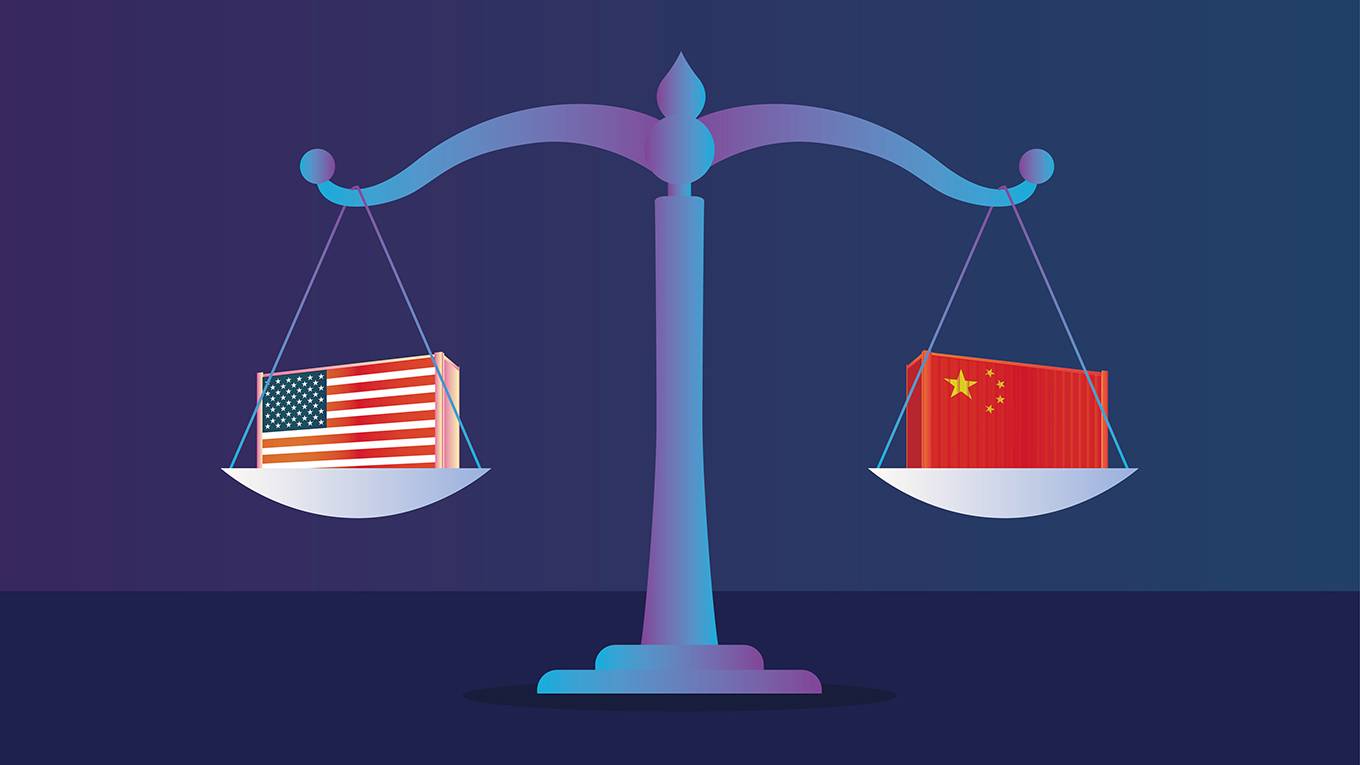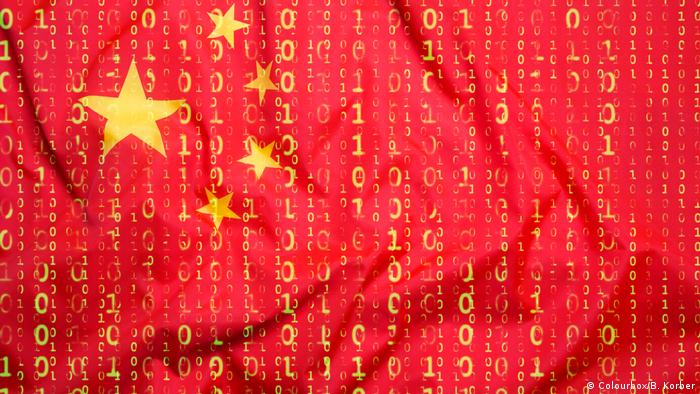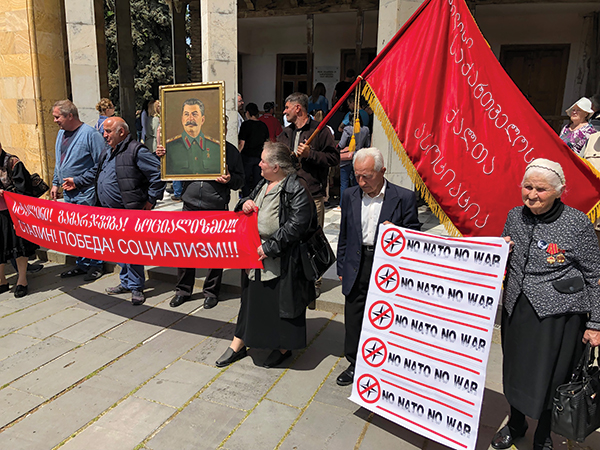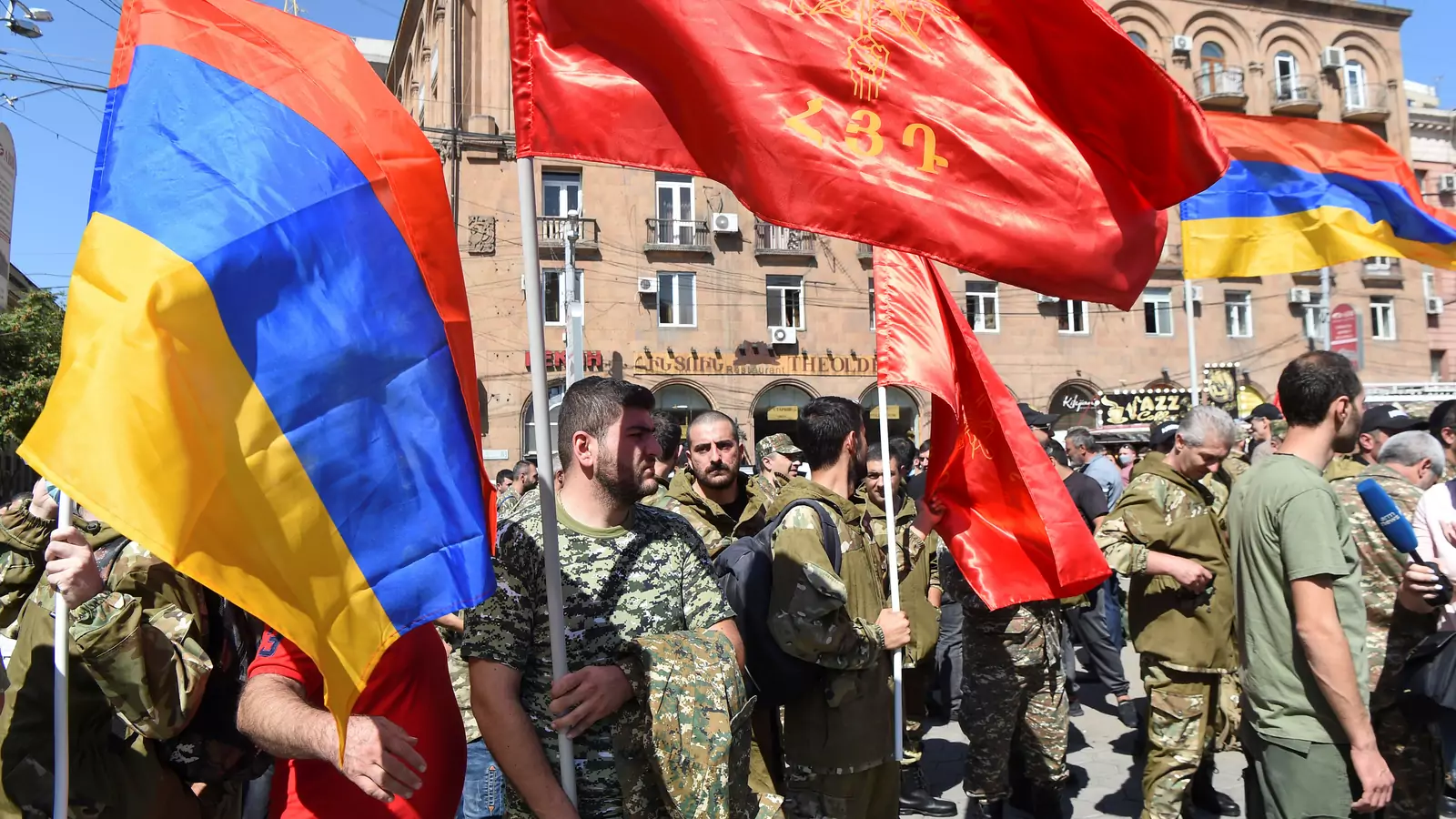By: Sudha Ramachandran
Introduction
Tensions between India and the People’s Republic of China (PRC) have remained high ever since violent clashes occurred in the Galwan Valley region in mid-June, resulting in the deaths of 20 Indian Army soldiers and an undisclosed number of People’s Liberation Army (PLA) troops (Jamestown, June 29; China Brief, July 15). A significant new development occurred on the night of August 29-30, when the Indian Army took control of strategic heights at the southern bank of the Pangong Tso, a lake in eastern Ladakh that straddles the Line of Actual Control (LAC), the de facto border between India and China. The operation was significant: it was the first time since the eruption of tensions along the LAC in May that the Indian Army preempted the Chinese from unilaterally altering the status quo (The Telegraph, September 2).
Participating in this operation alongside regular Indian Army units were soldiers of the Special Frontier Force (SFF), an elite paratrooper unit that draws its personnel mainly from among the Tibetan exile community in India. An SFF company leader, Nyima Tenzin, lost his life that night when he stepped on a landmine, while another SFF soldier was injured. Tenzin’s cremation was conducted with full military honors. The coffin bearing his body was draped with the Indian and Tibetan flags, pro-India and Tibet slogans were raised, and a senior leader of India’s ruling Bharatiya Janata Party (BJP) was present at the cremation. This was the first time that an SFF soldier’s death received so much publicity; previously, SFF personnel killed in operations were cremated quietly, without much fanfare (Hindustan Times, September 7).
Set up in the last days of the India-China border war in October-November 1962, the SFF functioned until recently as a covert force, but it has now emerged from the shadows. The highly publicized funeral accorded to Tenzin is widely believed to have been aimed at reminding Chinese leaders of India’s “Tibet card,” and signaling New Delhi’s willingness to use it. But how effective will this “card” be in bringing pressure on Beijing to pull back the PLA from areas it has illegally occupied along the disputed border since May? Could New Delhi’s publicizing of the SFF, and its flashing of the “Tibet card,” end up provoking Beijing rather than pressuring it?

